The History of Salads—And Must-Try Recipes
The term “salad” actually comes from the Latin word "sal," which means salt. The name comes from the fact that salt was used in ancient times as an ingredient in salad dressings. Most people think of salads as a simple and easy-to-make dish that is relatively new.
But the fact is, salad is an extremely ancient dish and an interesting one at that. The dish has undergone transformations as history has progressed.
That being said, here is a brief history of how the salad came into existence, and some must-try recipes.
The ancient roots of salads in Greek and Roman cuisine
Consuming salads in the form of fresh raw vegetables or herbs is a common age-old practice. The Greeks and the Romans were known to be the first to consume salads.
In fact, the father of medicine himself, Hippocrates, mentioned green vegetables and their healing ability. The Greeks had a simple salad called "horta," which included wild greens, herbs, and sometimes onions or radishes. They dressed it with olive oil and vinegar.
Likewise in the Roman civilization, salads included a wider variety of ingredients. Romans used lettuce, herbs, and vegetables.
They seasoned their salads with a mixture of vinegar, oil, and fish sauce called "garum." These early salads showed the Romans' love for fresh ingredients and their creative cooking techniques.
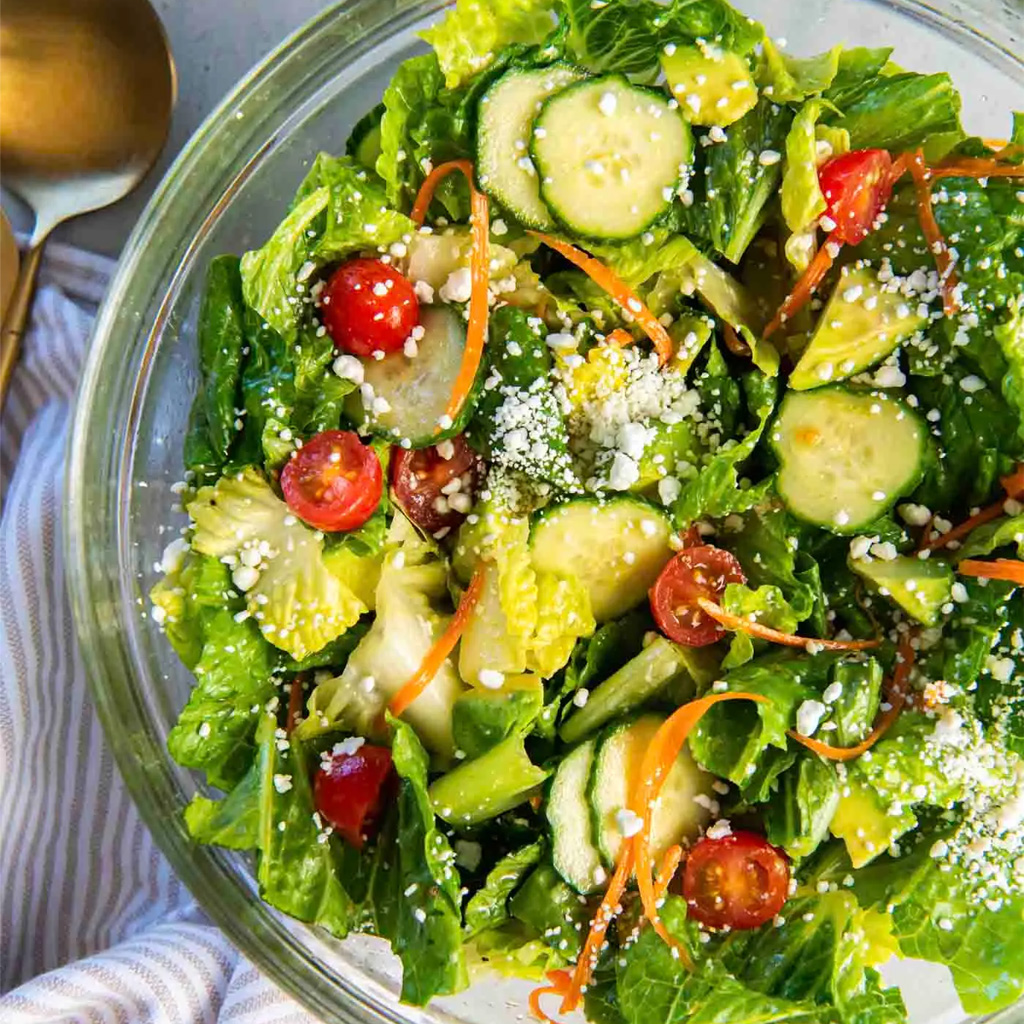
From medieval complexity to colonial times
Salads started to become more complex and intricate during the Middle Ages. They included cooked and raw vegetables, fruits, and nuts. New, richer dressings were introduced. These included the use of creamy sauces, as well as elements of honey, mustard, and vinegar.
They soon became wonderful works of art containing different ingredients and flavors. The move away from the simpler ancient salads was in line with the other developments that were happening in medieval Europe.
Salads, including layered and dressed versions, were popular in Europe during the Greek and Roman times. In 1699, John Evelyn tried to encourage Britons to eat fresh salads in his book *Acetaria: A Discourse on Sallets*.
His efforts were not very successful. Mary, Queen of Scots, enjoyed boiled celery root over greens with creamy mustard dressing, truffles, chervil, and hard-boiled eggs.
In the 17th century, salad oil was common in New York, now New York, New Jersey, and Delaware. Ship cargo lists included items like "a can of salad oil at 1.10 florins" and "an anker of wine vinegar at 16 florins."
A 1665 letter from the Curacao colony requested various seeds for greens, like cabbage, carrots, lettuce, and parsley, which were not grown locally.
Must try salad dishes that you will enjoy
Now that we have discussed the origins and history of salads, let’s take a look at some of the best salad dishes that you can try.
●Loaded broccoli salad
Ingredients:
●3 slices bacon
●¼ cup sour cream
●¼ cup mayonnaise
●Four teaspoons of rice vinegar or cider vinegar
●¼ teaspoon ground pepper • 4 cups chopped broccoli
●½ cup sliced scallions
●½ cup shredded extra sharp cheddar cheese
Fry the bacon in a large skillet over medium heat until crisp. This should be done for approximately 5-7 minutes. Put the bacon on a plate with paper towels. Keep aside 1 tablespoon of bacon grease. Once cooled, chop the bacon.
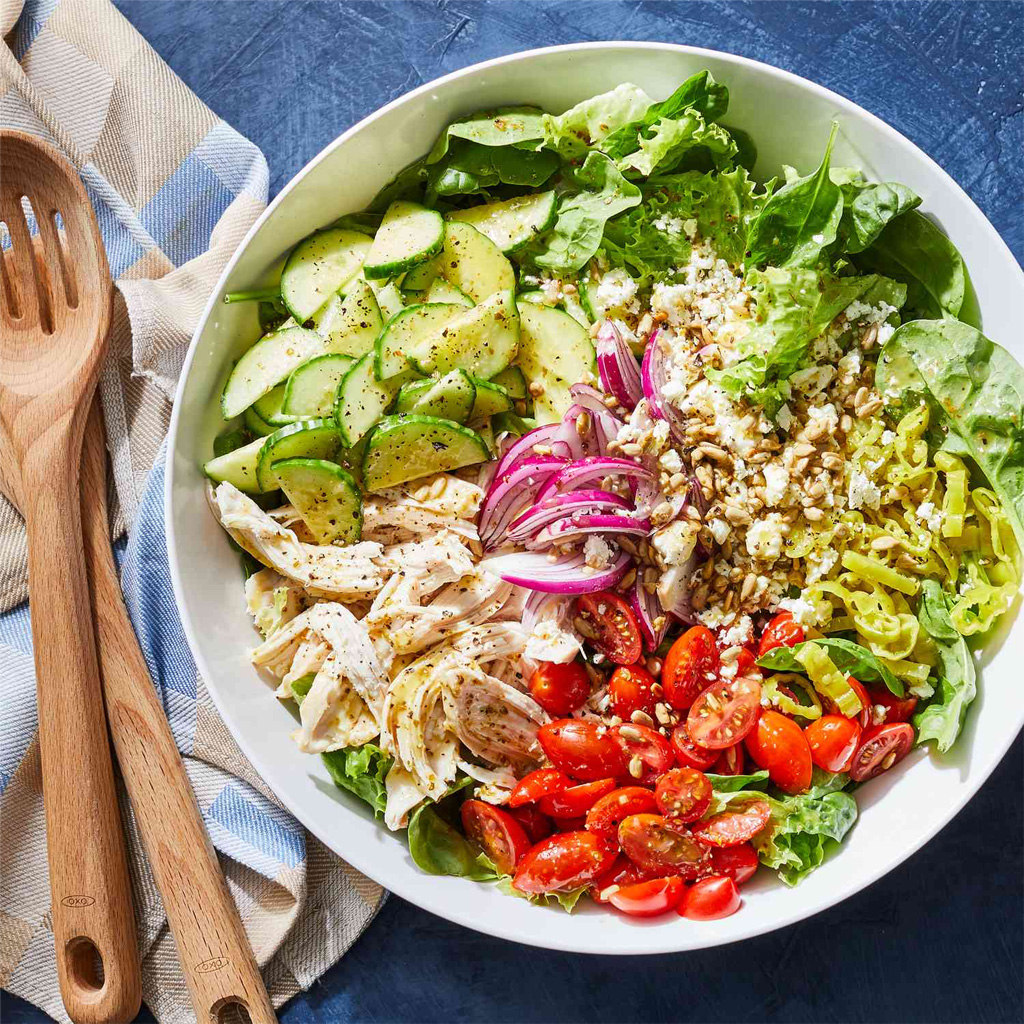
In a large bowl, blend together sour cream, mayonnaise, vinegar, pepper, and the stored bacon grease. Put chopped broccoli, scallions, cheese, and bacon pieces in a bowl. With a spoon, mix the contents until they are uniformly coated with the dressing.
●Cucumber Vinegar Salad
Ingredients:
●6 Persian cucumbers
●2 teaspoons granulated sugar
●½ teaspoon salt
●1 cup thinly sliced red onion
●¼ cup white wine vinegar
●2 tablespoons chopped fresh dill
●¼ teaspoon ground pepper
Begin by cutting cucumbers into very thin slices about ¼ inch thick, using a mandoline or knife. Then, place the cucumber slices in a fine-mesh strainer over the bowl. Rub them with sugar and salt. Allow the cucumbers to stay at room temperature for 30 minutes.
After thirty minutes, take out the water and dry the bowl completely. Place the cucumbers into the bowl and add the onion, vinegar, dill, and pepper.
Stir well and let the terrine sit for 15 minutes. The salad is ready to be served immediately or can be refrigerated for a maximum of three days.
●Simple Cabbage Salad
Ingredients:
●Cabbages
●Coleslaw mix
●Sweeteners
Use one bowl for quick cleanup. Prepare the salad in a single bowl. Start by making the dressing in the bowl. Whisk all the dressing ingredients together. Then, add the shredded cabbage and toss it well.
Enjoy the salad at room temperature or chilled. Before serving, give the salad a toss to mix the dressing again. If chilling the salad, cover it and refrigerate. It should be eaten within 1 hour to avoid sogginess. As the cabbage releases moisture, the dressing can become watery if left too long.
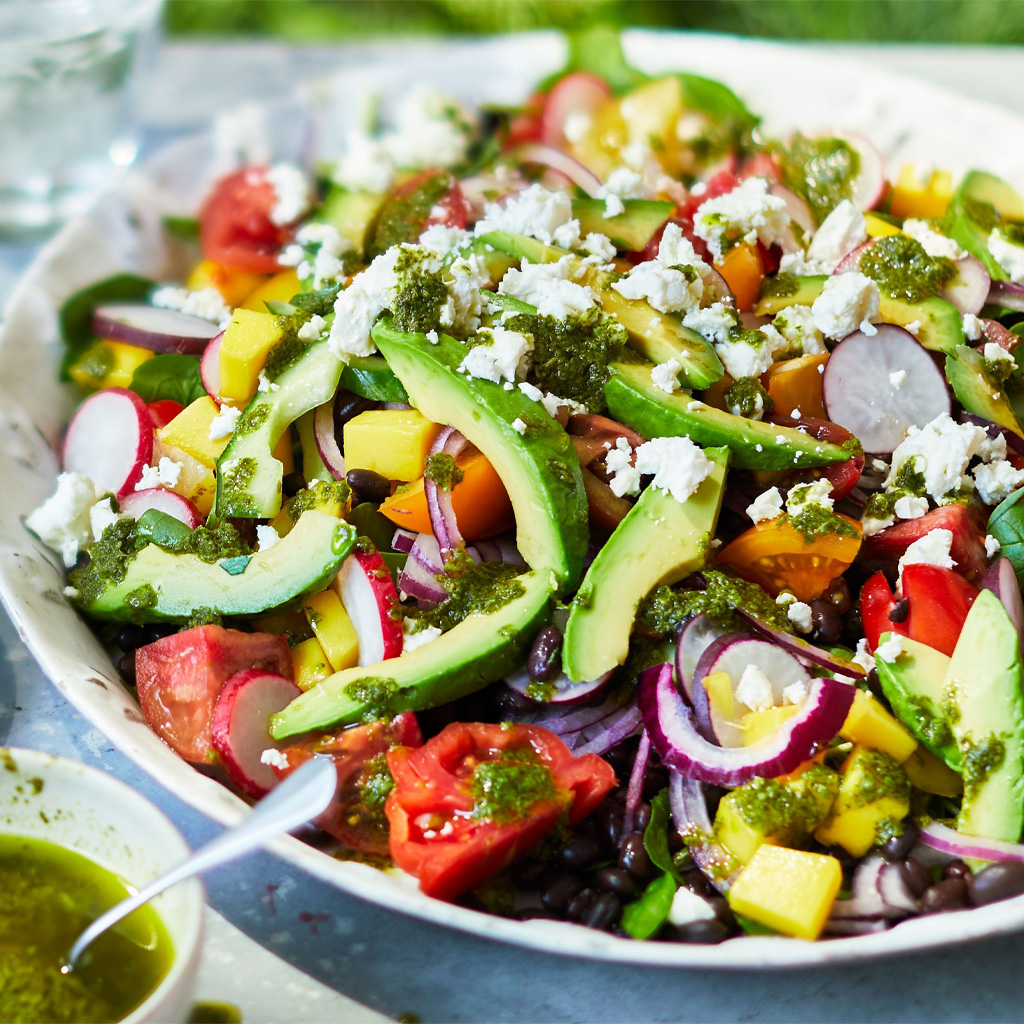
●White Bean & Veggie Salad
Ingredients:
●Green salad leaves: 2 cups
●Chopped vegetables, preferably cucumber and cherry tomato—3/4 cup
●White beans, canned and drained: 1/3 cup
●Avocado: 1/2 and diced red wine vinegar: 1 tbsp.
●Virgin olive oil, 2 tsp
●Kosher salt: 1/4 tsp
●Pepper, freshly ground, and use as per taste.
In a medium bowl, mix the greens, veggies, beans, and avocado pieces. Add vinegar and oil over it. Add seasonings like salt and pepper. Toss properly. Serve on a big plate.
Salads have come a long way from their ancient roots to the diverse, flavorful dishes we enjoy today. From the simple greens of Greek and Roman times to the complex, layered creations of the Middle Ages, salads reflect the evolution of culinary traditions across cultures.
They showcase the use of fresh ingredients, creative dressings, and a blend of flavors that have captivated food lovers for centuries.
Whether you're inspired by the early Roman garum or the creamy dressings of medieval Europe, salads continue to be a versatile and delicious way to enjoy healthy, wholesome food. Try the must-try recipes to savor this rich history!
OTHER NEWS
-
- The History of Vegetarianism
- By Prodosh Kundu 11 Jul,2024

-
- The Evolution of Thanksgiving Dinner: From Historical Feasts to Modern Meals
- By Borislav Milushev 16 May,2024

-
- British cuisine: From Fish and Chip to Afternoon Tea
- By Roha Tariq 22 May,2024

-
- Red Velvet Cake: A Storied Slice of Americana
- By Roha Tariq 13 May,2024

-
- An Introduction to Canadian Cuisine
- By Prodosh Kundu 29 May,2024
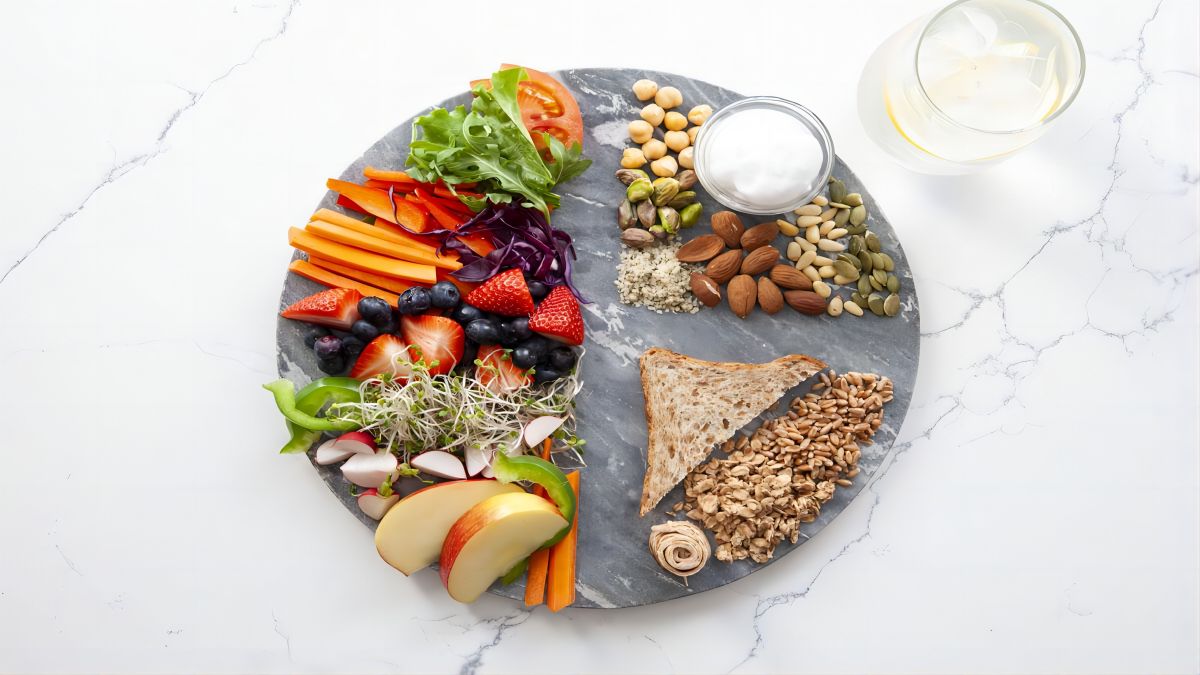
-
- The History of Tacos—And Must-Try Recipes
- By Prodosh Kundu 03 Sep,2024

-
- A Taste of Greece: Exploring the Flavors of Mediterranean
- By Roha Tariq 22 May,2024

-
- A Guide to Traditional German Cuisine
- By Prodosh Kundu 19 Jun,2024

-
- Cheesecake Chronicles: A Culinary Journey from Antiquity to America
- By Roha Tariq 16 May,2024

-
- The Carrot Cake: America’s Wholesome Dessert
- By Roha Tariq 17 May,2024

-
- The History of Salads—And Must-Try Recipes
- By Prodosh Kundu 02 Sep,2024
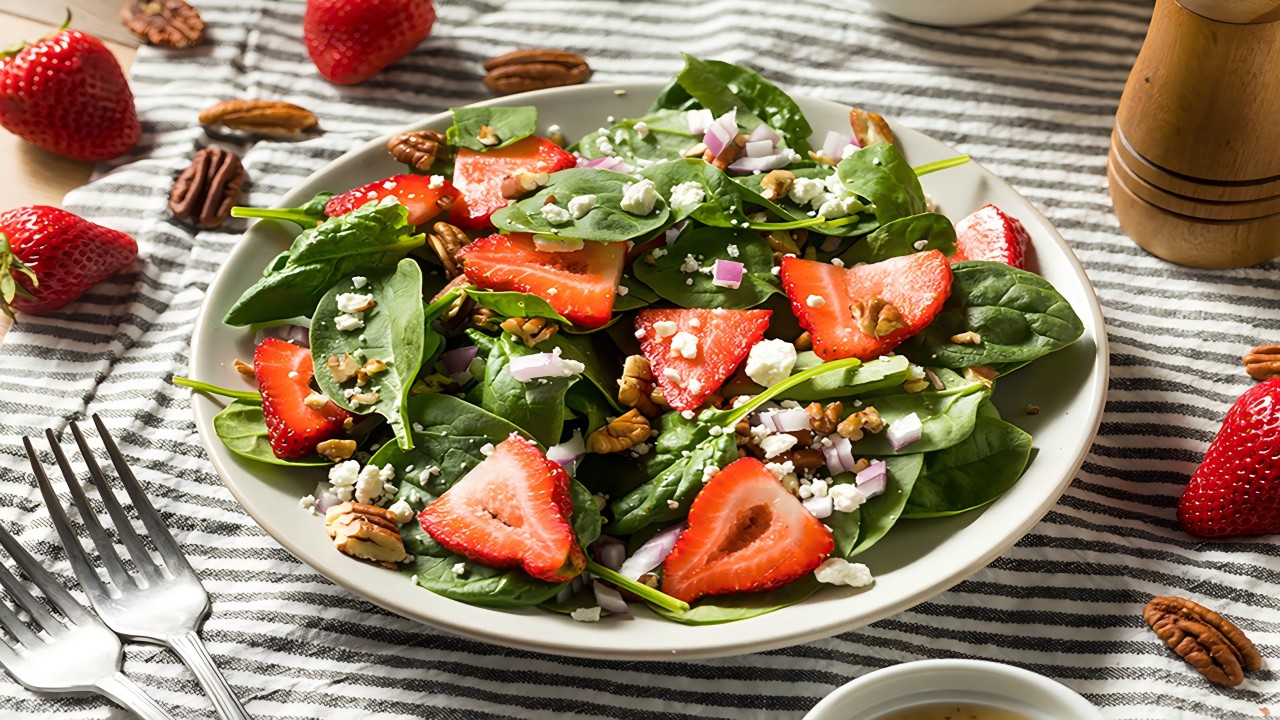
-
- Timeless Appeal of Chocolate Cake in America
- By Roha Tariq 09 May,2024

 1
1 1
1